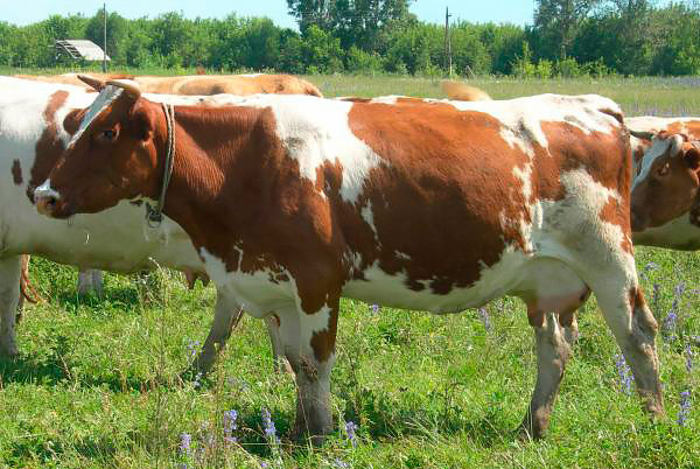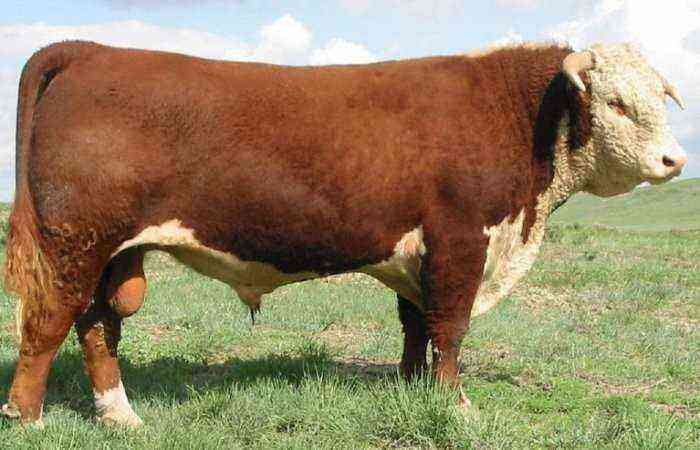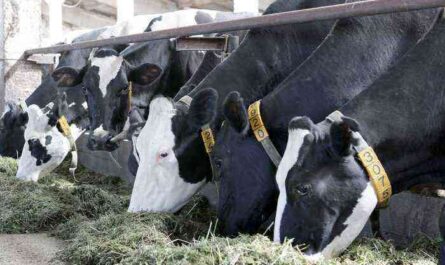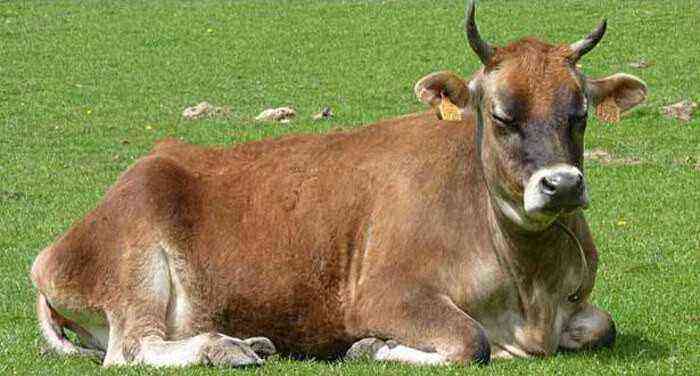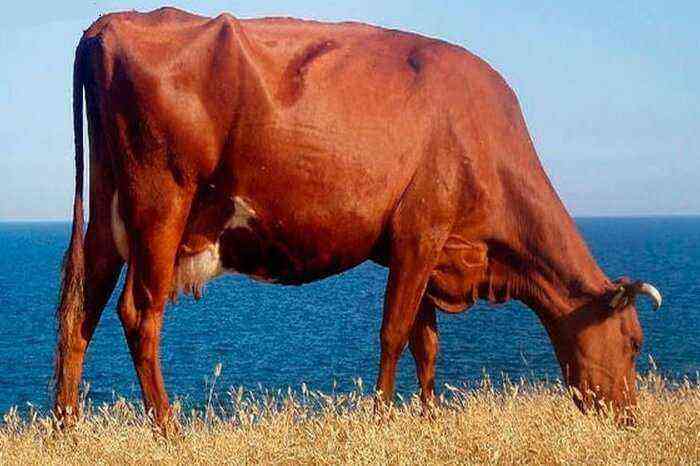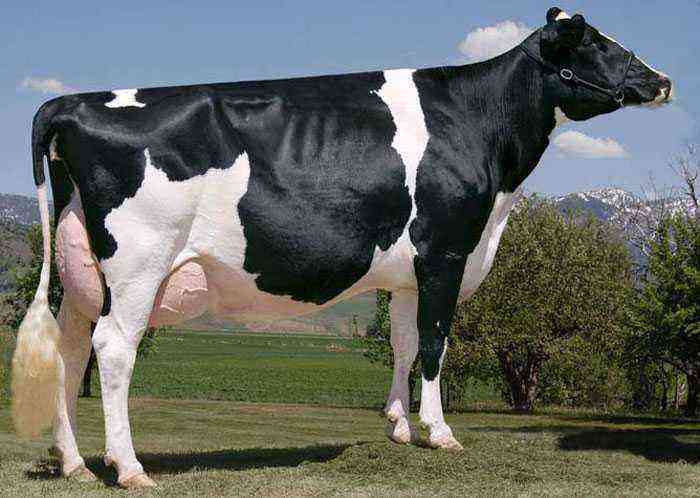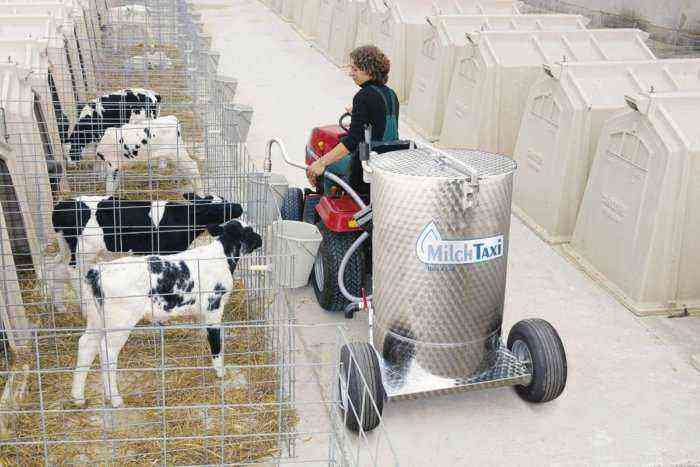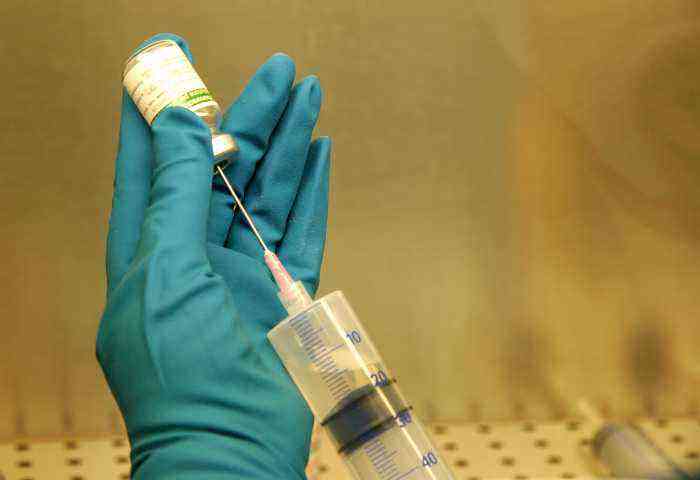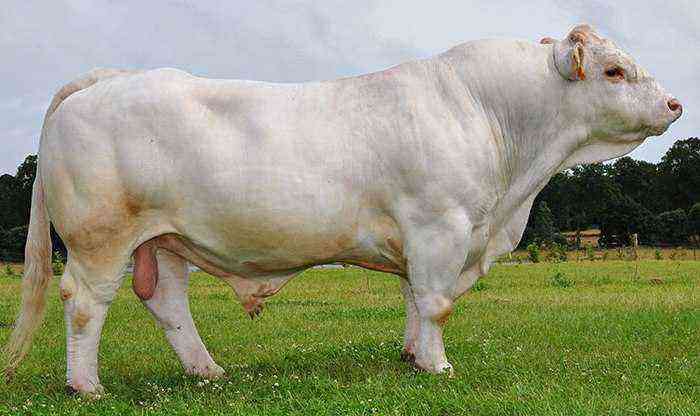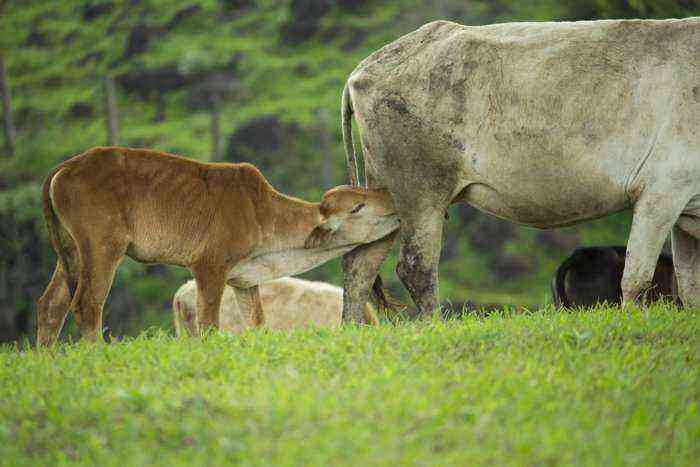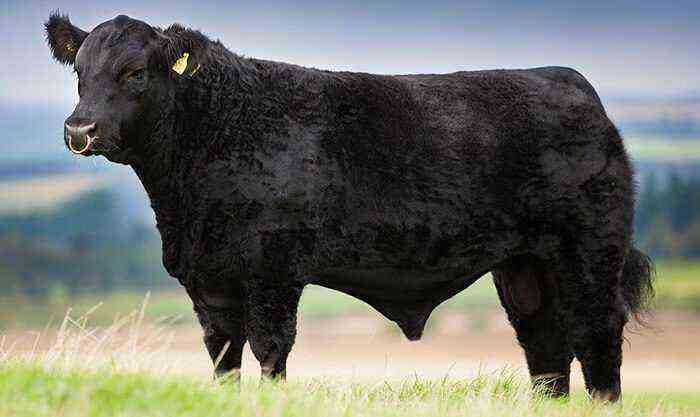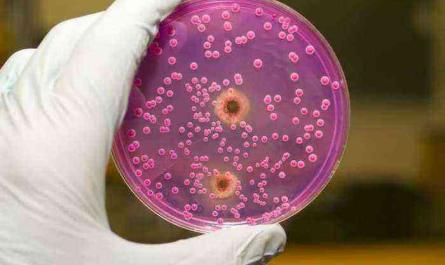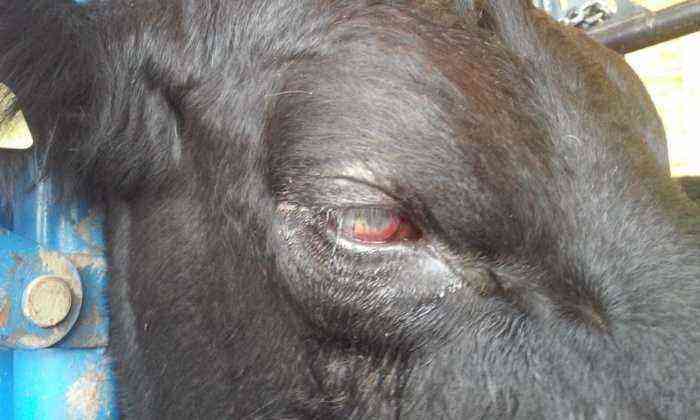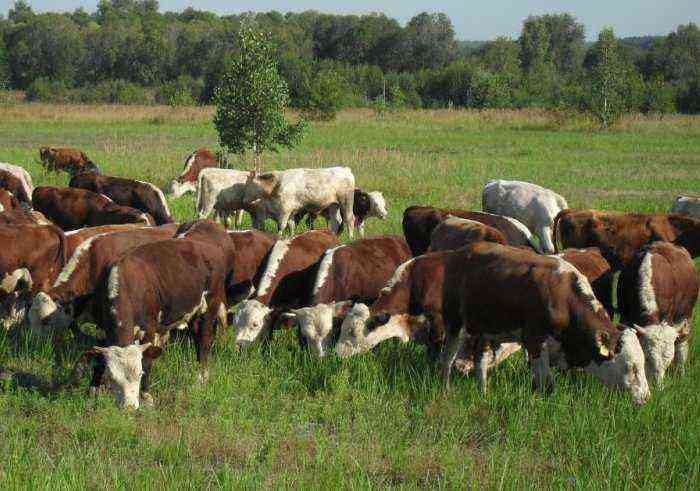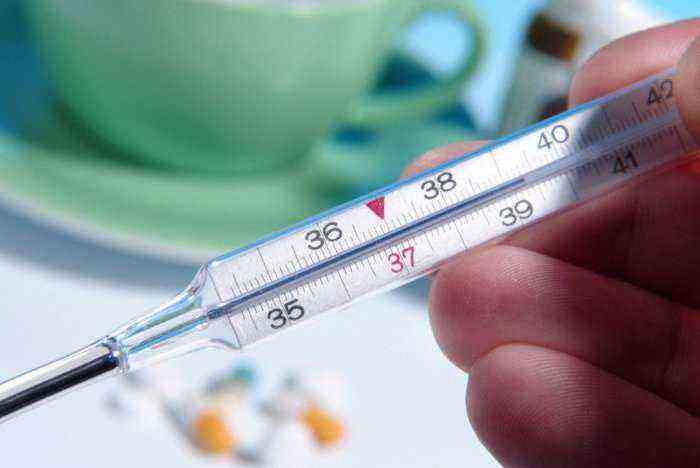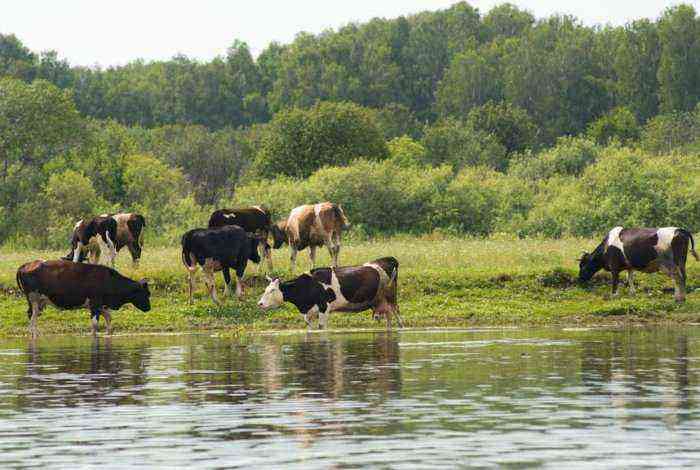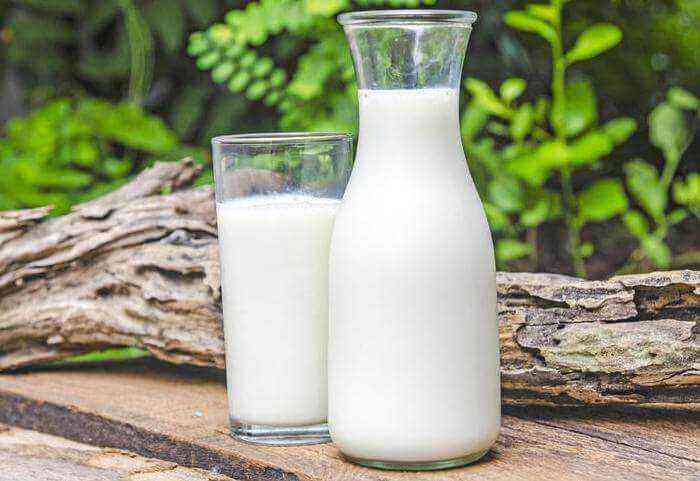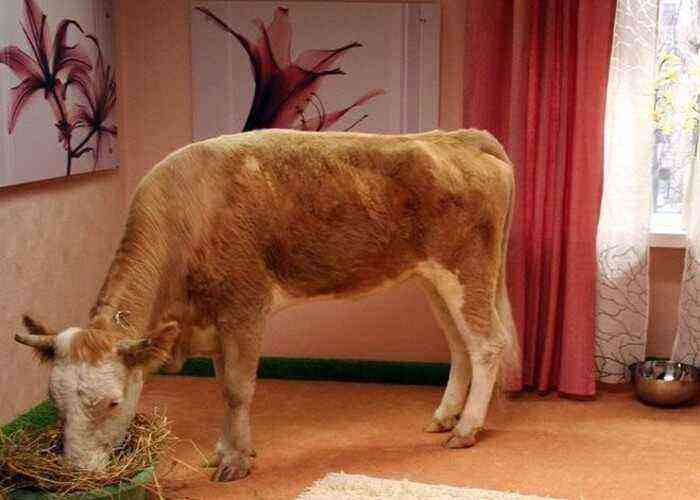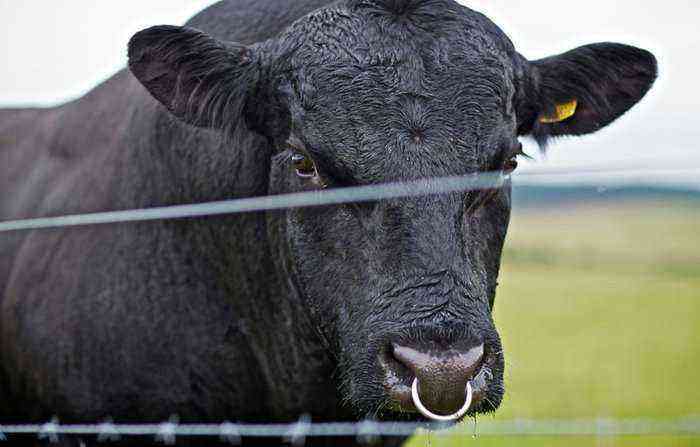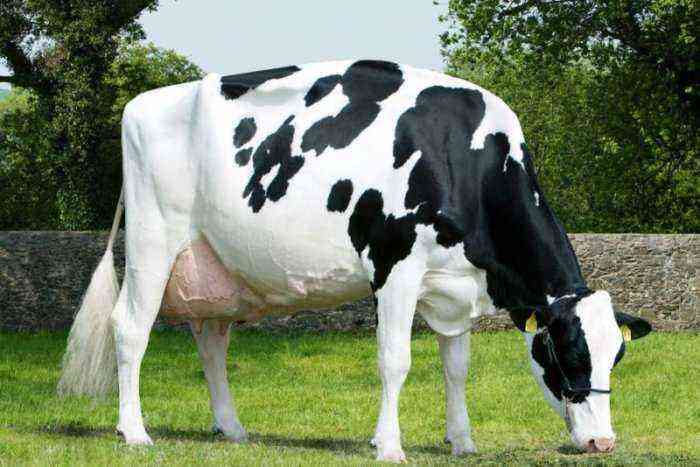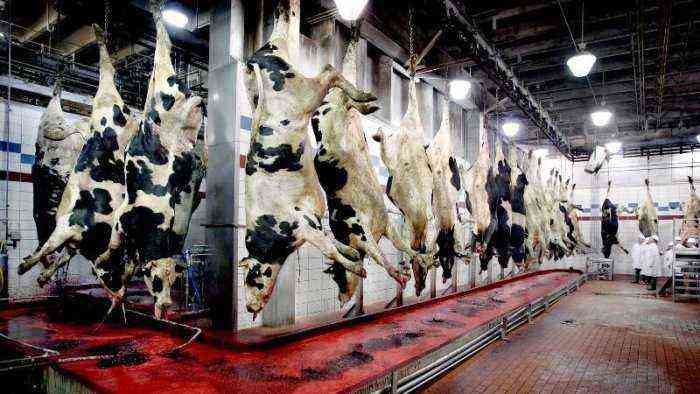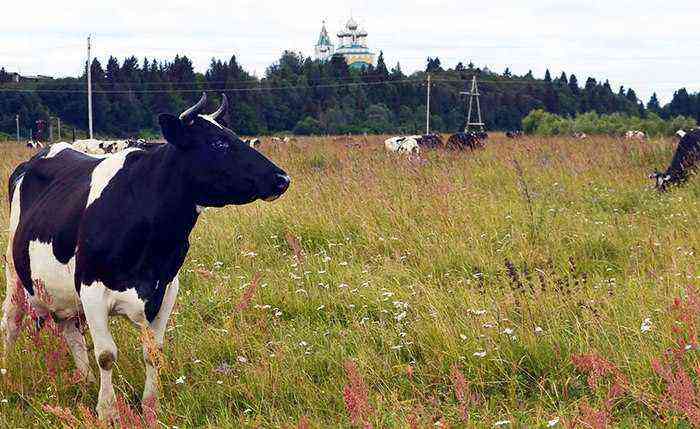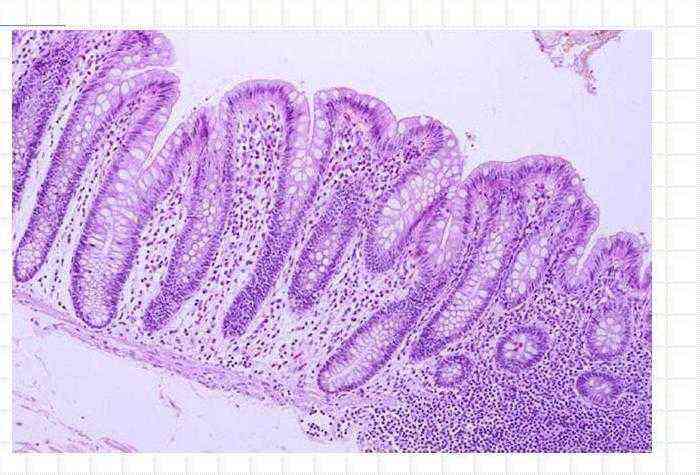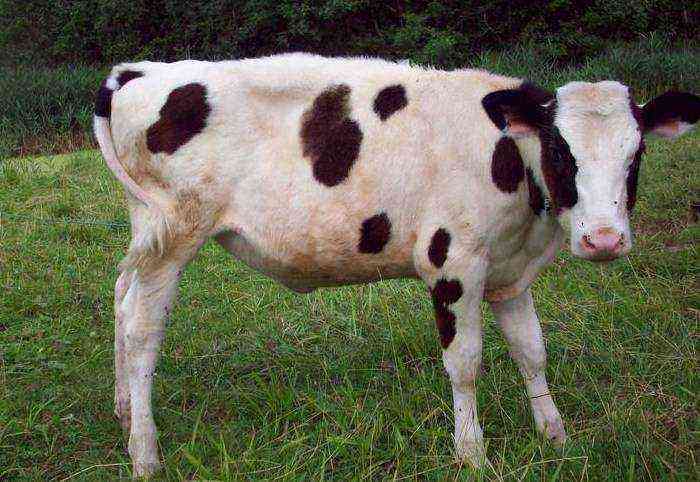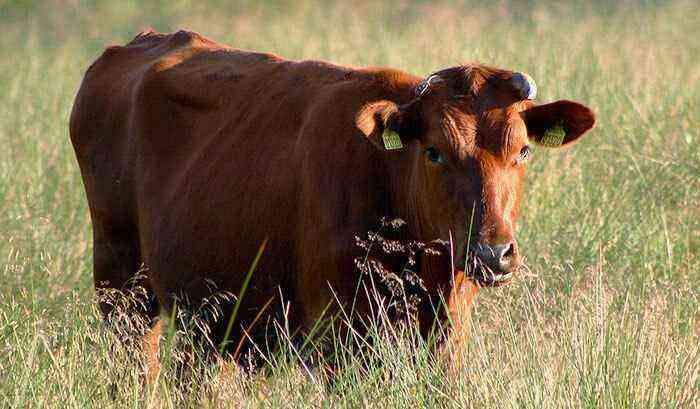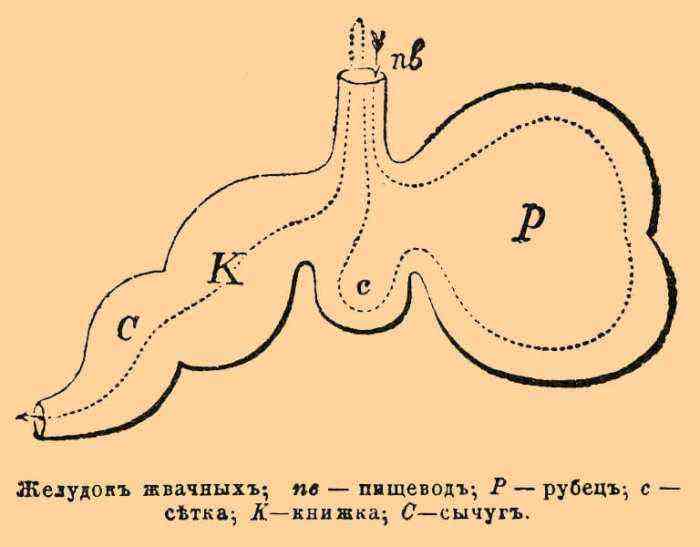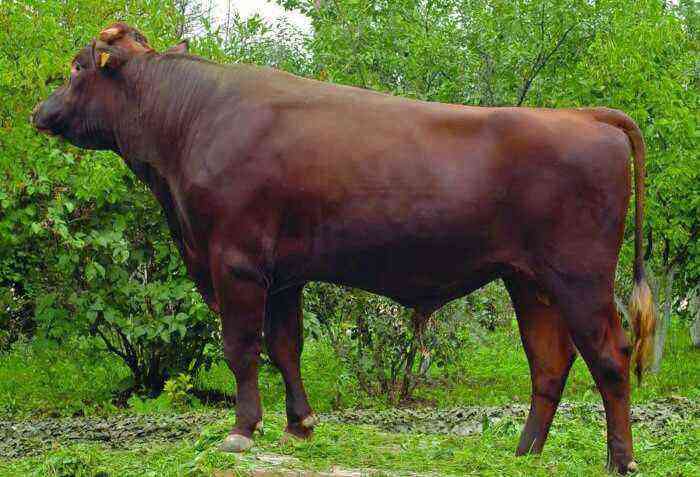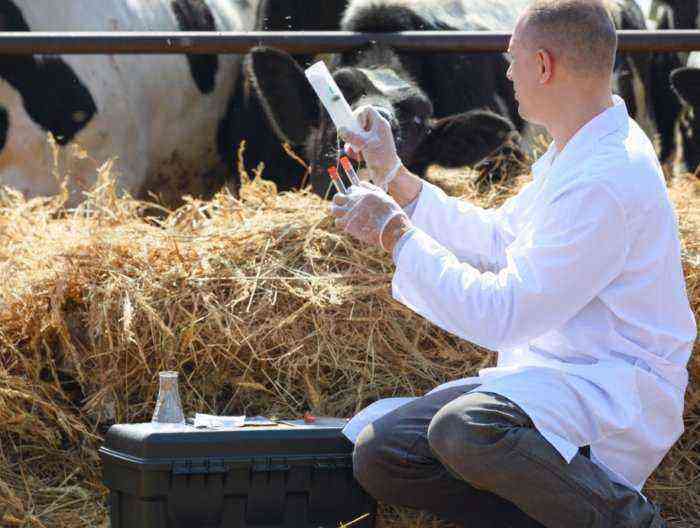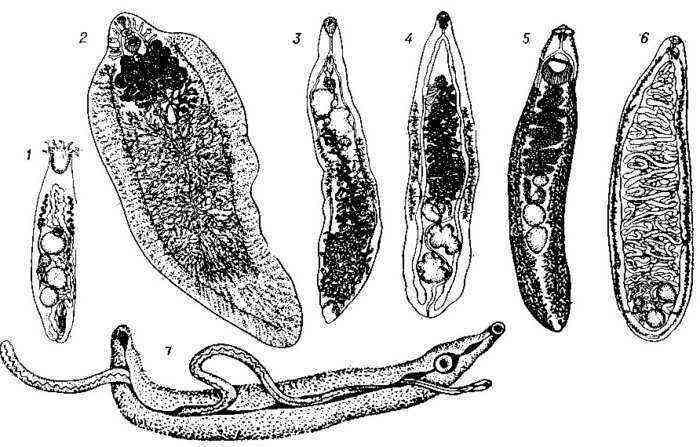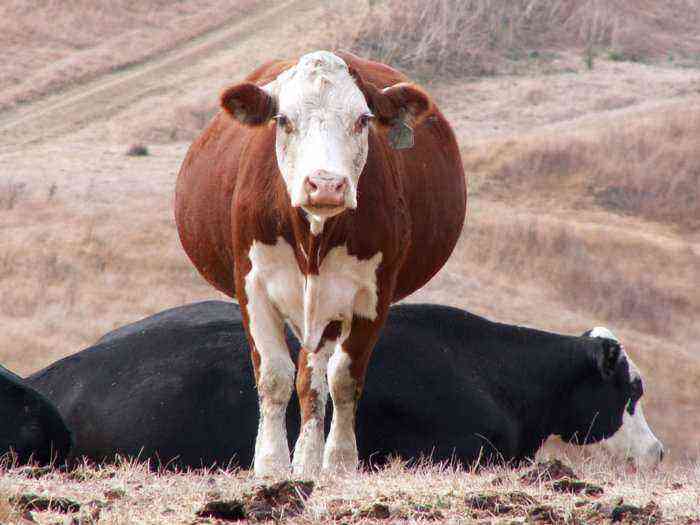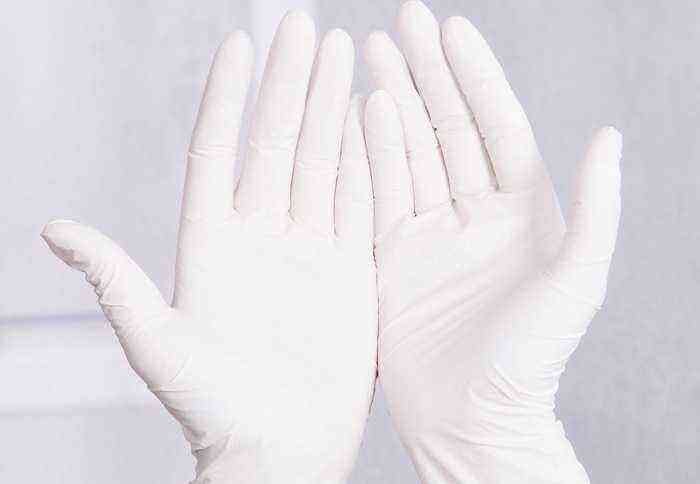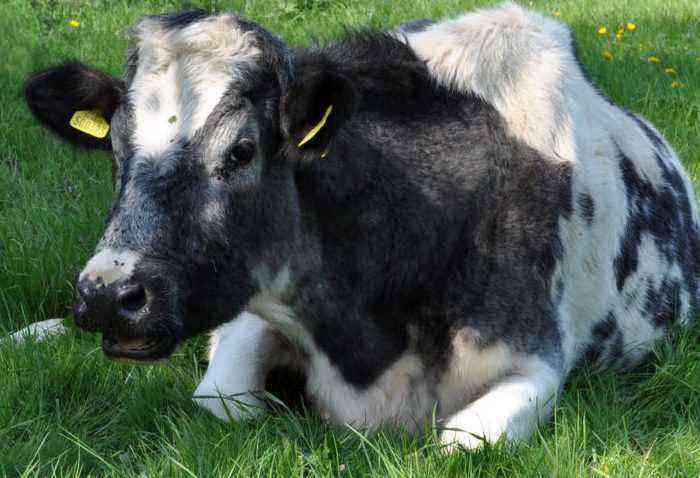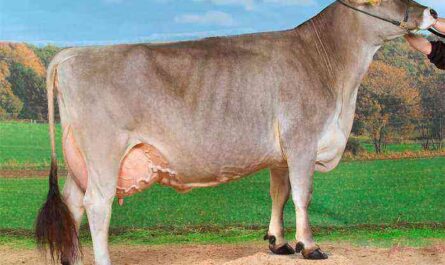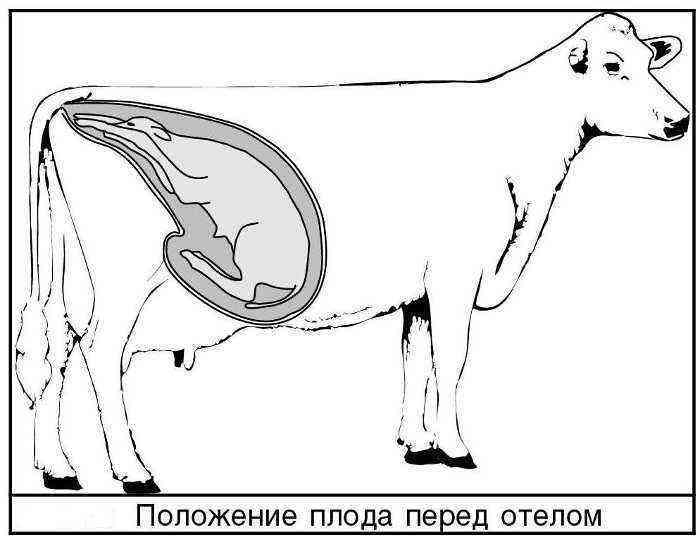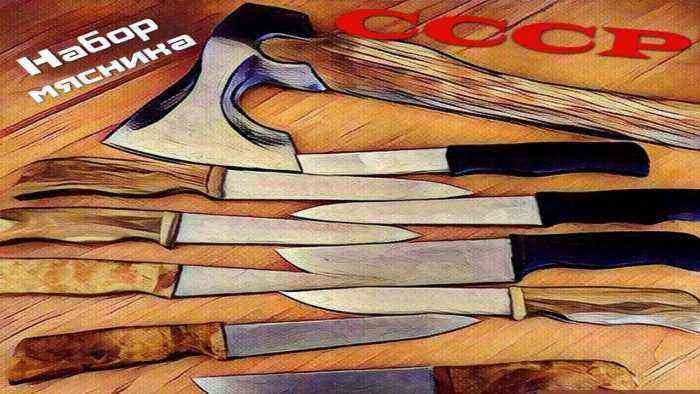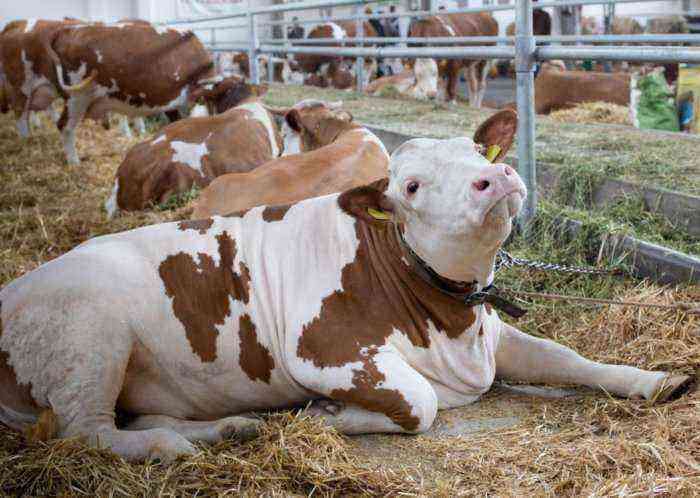Many have heard about productive foreign varieties that have become popular throughout the world. And, by the way, there are interesting breed lines of animals on the Russian market. Among them, the red-motley breed of cows deserves special attention.
Red-and-white cows
Characterization
In the course of breeding this breed, the breeders planned to combine the following parameters in one animal:
- high milk production;
- accelerated growth rates of young animals;
- correct constitution and massiveness;
- fast adaptation in various conditions;
- improving the functionality and level of development of the animal’s udder.
Based on these qualities, the source material was selected.
Origin
The red-and-white cow, as a separate kind of cattle, is young. Breeding work on its breeding began in 1977. The following breeds were chosen as the basis for it:
- Holstein red-and-white.
- Simmental.
The process of crossing cattle lasted about 20 years. As a result, in 1998, a new breed was officially obtained, which was immediately entered into the stud book. To date, work to improve this group of cattle continues.
Appearance
As you can already see from the name, the color of the cow is red-and-white, as for the rest of the features of the appearance of the animal, they include:
- strong build;
- wide chest;
- weight can reach up to 650 kg;
- the height of the cow does not exceed 144 cm;
- the udder has a rounded shape.
The appearance of the representatives of the breed
Productivity
The minimum annual yield of the breed is at least 5000 kg of milk. The average milk production of a red-motley cow is 6500-7000 kg per year. But it is worth noting that in the entire history of the development of this type of cattle, there were many individuals that produced 10000 kg of milk per year or more. Dairy products are high in fat. On average, this figure is 3,9%.
High meat productivity also distinguishes this breed among others. The output of high-quality beef from bulls is 55,9%. The percentage of meat in cows after appropriate fattening can reach up to 54%.
Content
The red-and-white variety of cattle is unpretentious in terms of keeping conditions, but certain points should still be observed to ensure maximum animal productivity. These include the following conditions:
- Strict adherence to the schedule of feeding and milking animals. A deviation in the schedule is allowed no more than 12 minutes. Otherwise, livestock may develop digestive problems and loss of productivity.
- Daily cleaning of the stall and surrounding area from manure, dirt and feed residues.
- Free access to water. It is desirable that it is provided by automatic drinking bowls.
- The room should be well insulated, it is also important to exclude the slightest drafts in the winter. In the warm season, the optimum temperature in the room must be maintained by high-quality ventilation.
- Ensuring regular walking on pastures or on walking grounds. Walking will help increase productivity and maintain the tone of the animal.
It is worth noting that not the last place in this list is also occupied by properly balanced feeding.
Feeding
On average, for one adult red-and-white cow, in order to maintain high productivity, at least 8 kg of hay and about 15 kg of root crops (mainly beets) should go. It is also mandatory to diversify the diet with concentrated feed and compound feed. Reduce their number in the menu only with the onset of the dry period.
Root crops for feeding cows
In winter, a balanced diet for one cow per day may look like this:
- grass hay – at least 8 kg;
- corn silage – 3 kg;
- haylage – 9 kg;
- herbs of various legumes – about 2 kg;
- compound feed in the amount of 2 – 2,5 kg.
A good addition to the animal’s diet is also pea and oat straw. It provides a large amount of protein and energy for livestock growth.
Concentrates and feed should be given based on the number of milkings per day. If such a procedure is carried out more than 2 times a day, then this type of feed is given to the animal right before milking. At the same time, hay and succulent feed are fed to the cow in the morning and evening.
Attention! The change in the diet of the animal should be carried out gradually, introducing small portions of food, which gradually increase. Such a smooth transition will prevent a number of diseases and disorders of the gastrointestinal tract.
Conclusion
The Red-and-White breed is potentially productive and unpretentious, but it is worth noting that the maintenance of such livestock, nevertheless, requires compliance with at least basic sanitary and veterinary norms and feeding rules. They will help to constantly maintain high productivity of animals and maintain their health for a long period.
